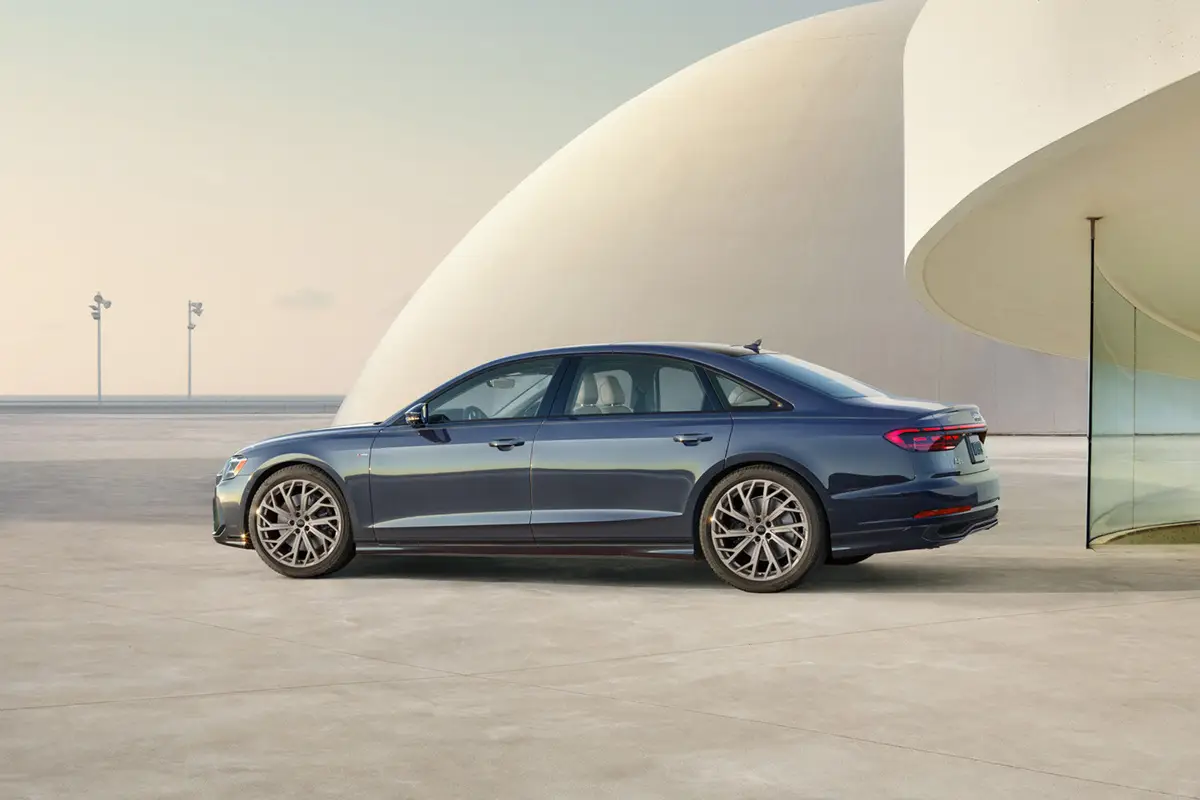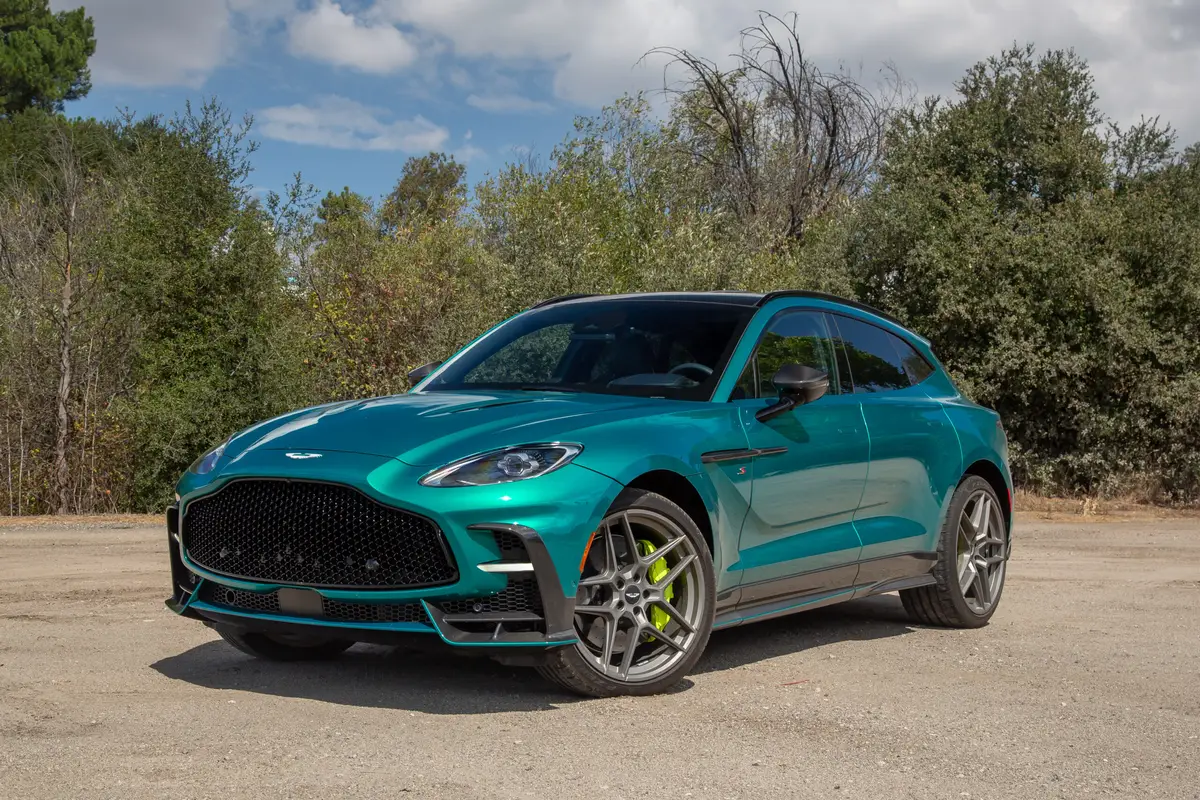washingtonpost.com's view
An argument: Optional equipment is passe. It is ludicrous on a car costing $50,000 or more. Standard equipment delivered at that price should include four-wheel disc brakes, onboard navigation, front and rear parking proximity warning systems, a high-definition rearview camera, top-notch cabin materials, excellent build quality inside and out, and an overall driving performance so stunning it serves as entertainment in itself.
Any $50,000 car that can’t meet those standards is a waste of money. Cars failing to comply with those standards at prices considerably above $50,000 are a rip-off, a monetized scam trading prestige for ego. It’s time for consumers to put an end to it.
I, for one, have had enough. I am no longer impressed by automobiles whose manufacturers would have us believe that value has no valid residence in wealth, that “exotic” means the same thing for automobiles as it does for credit-default swaps. It’s silly. In the language of the day, it is unsustainable, or about as sustainable as a “sustainable deficit.”
This rant is the product of experience, most recently in two Audi vehicles – the 2011 A4 2.0 T Quattro sedan and the Q5 2.0T Quattro sport-utility vehicle – and the $93,000 (including nearly $28,000 in options) 2011 Porsche Cayenne S sport-utility model.
Hands down, with both the A4 2.0 T Quattro sedan and, more appropriately, the Q5 2.0T Quattro SUV, Audi offers a heck of a lot more for the money.
I know. In the minds of many of you, a Porsche is not an Audi and an Audi is not a Lexus and a Lexus is neither a Cadillac nor a Lincoln and certainly not a Chrysler – any more than a sedan is a sport-utility vehicle. Okay, I get the apples-and-oranges argument. What I don’t get is why I can get everything I want and need in a 2011 Audi Q5 2.0T Quattro ($44,600 including $8,525 in options and an $875 destination charge) that I can’t get in a $93,000 Porsche Cayenne S.
What’s going on here?
Purists will start with the numbers. They’ll point out that the Cayenne S has a 4.8-liter gasoline V-8 engine (400 horsepower, 369 foot-pounds of torque). The Q5 2.0T Quattro comes with a turbocharged 2-liter, direct-injection, in-line four-cylinder engine (211 horsepower, 258 foot-pounds of torque). So what?
So nothing!
Real-world driving experience throughout the Mid-Atlantic and Northeast regions demonstrated that there really is no real-world value to the extra muscle in the Cayenne S – certainly not thousands of dollars more value.
It snowed often during much of my combined 1,500-mile trip (in both the Cayenne S and the Q5 2.0T Quattro). The distinguishing drive characteristic in that journey was that I made fewer gasoline stops in the Q5 2.0 T Quattro (27 miles per gallon on the highway) than I did in the Cayenne S (22 mpg highway), refilling with premium gasoline in both cases.
Both did equally well in the slush and slow. Both handled nicely around curves and in panic situations. But the Q5 2.0 T Quattro offered a discernibly quieter and more comfortable ride than that afforded by the considerably more expensive Cayenne S.
Moreover, for the money, the Q5 2.0 T Quattro had more stuff – including the high-definition rearview camera that was somehow missing from the long $28,000 list of options in the Cayenne S.
That bugs me. Exactly why am I paying more for Porsche and getting less than I am getting with Audi? What’s the blue sky, or prestige factor here? What is the value of prestige if it offers an affront to common sense – paying more, but getting less in terms of real-world value?
The question can be asked in any number of comparisons. And it’s one that automobile manufacturers had better start taking seriously in a consumer electorate noisily, seriously concerned about things such as federal deficits, executive bonuses, and the various financial sleights of hand that brought us the Great Recession and all the misery it entailed.
Listen up, luxury-car manufacturers: The pickpocket options party is over. It ended when South Korean automobile manufacturers Hyundai and Kia figured out how to give us high-quality, luxury equipment standard at mainstream-family-sedan prices. It ended when Japanese car company Lexus taught German manufacturer Mercedes-Benz how to turn out a first-rate luxury car minus a bloated options price.
And if none of that is enough to persuade you, check out the 2011 Chevrolet Volt. Innovation is standard equipment on that one. And that innovation, including one of the smartest plug-in electric drive systems in the business as well as onboard navigation and a high-definition rearview camera, is offered at a fully loaded price of about $45,000.
Latest news



